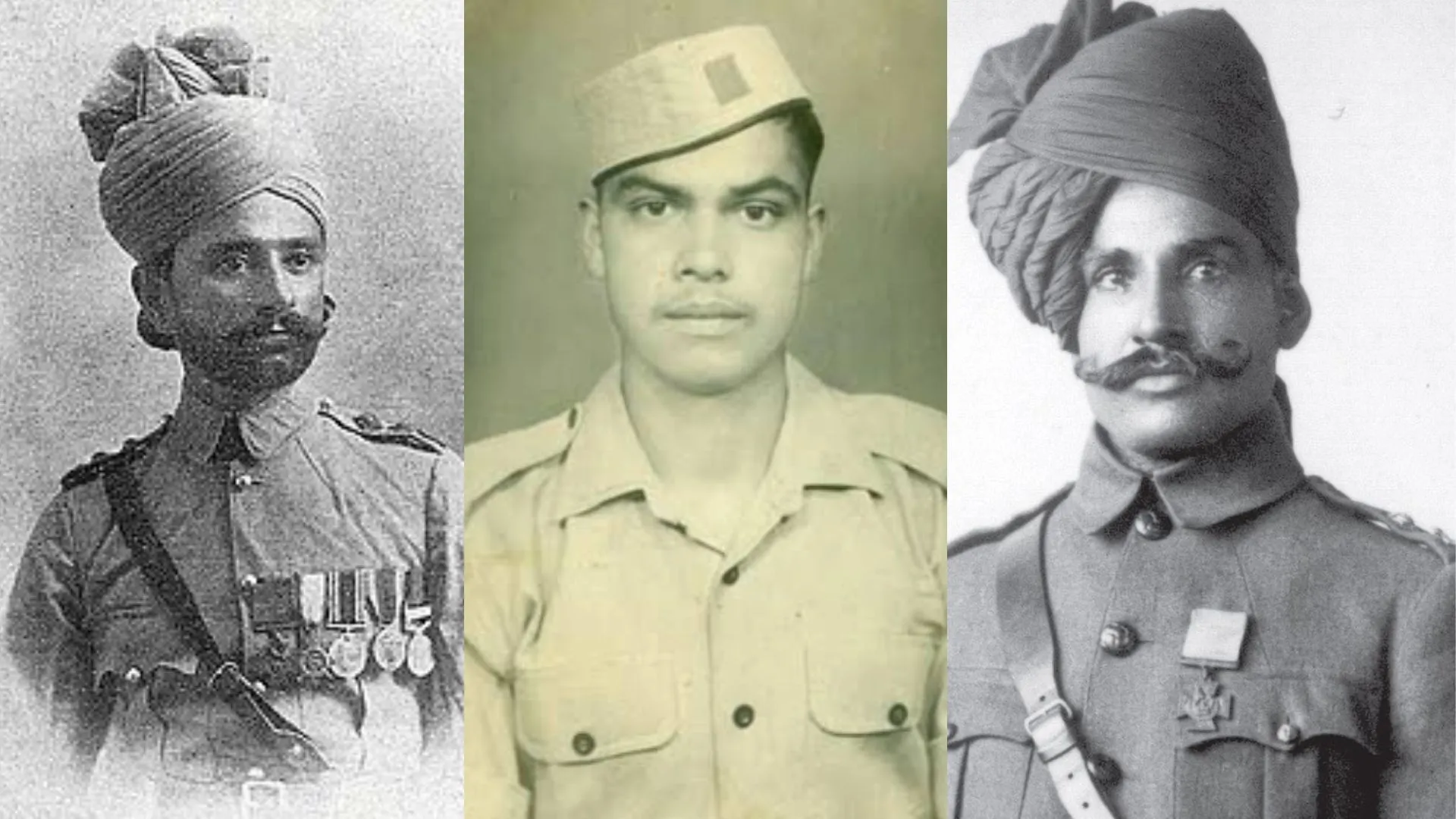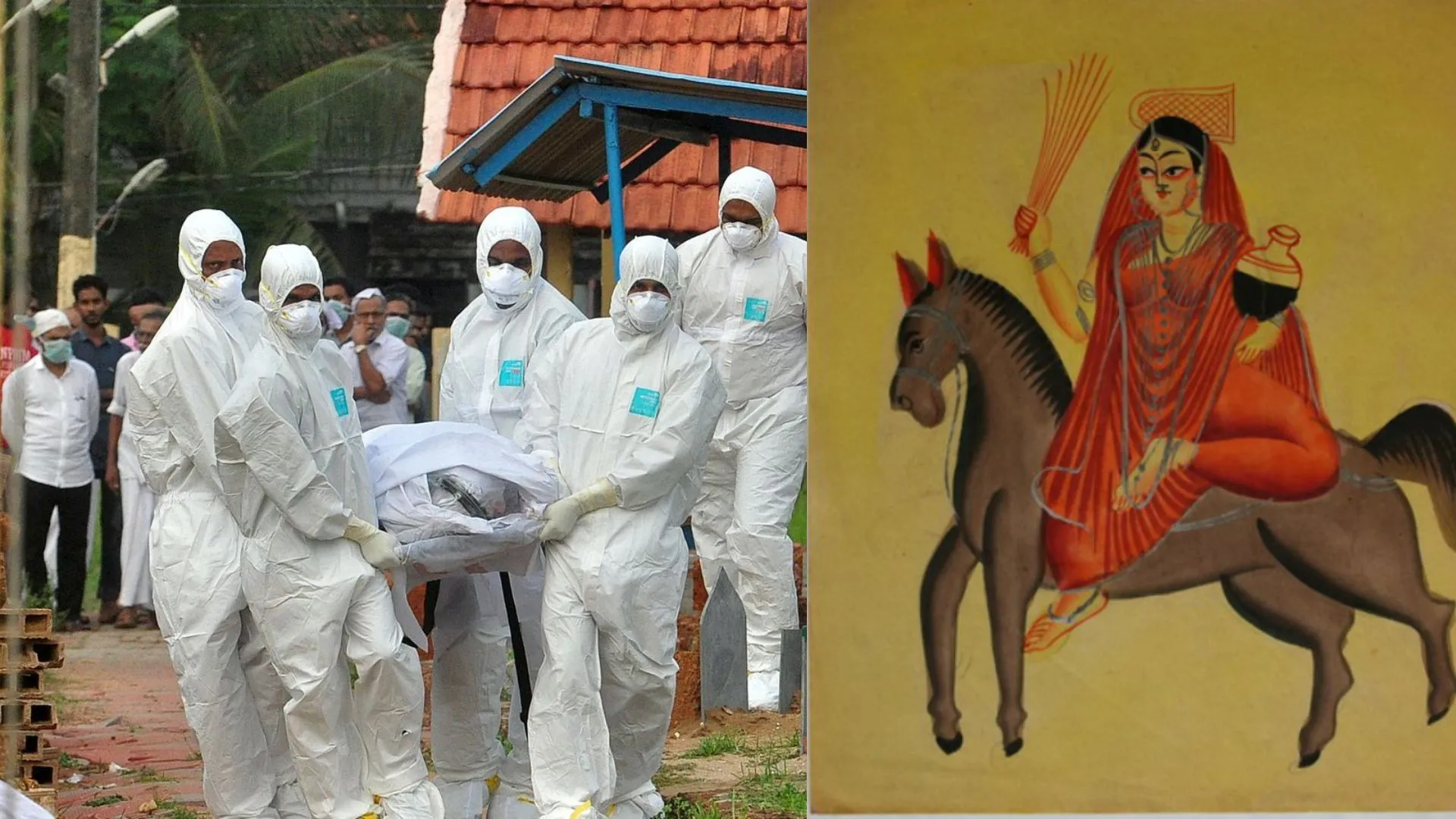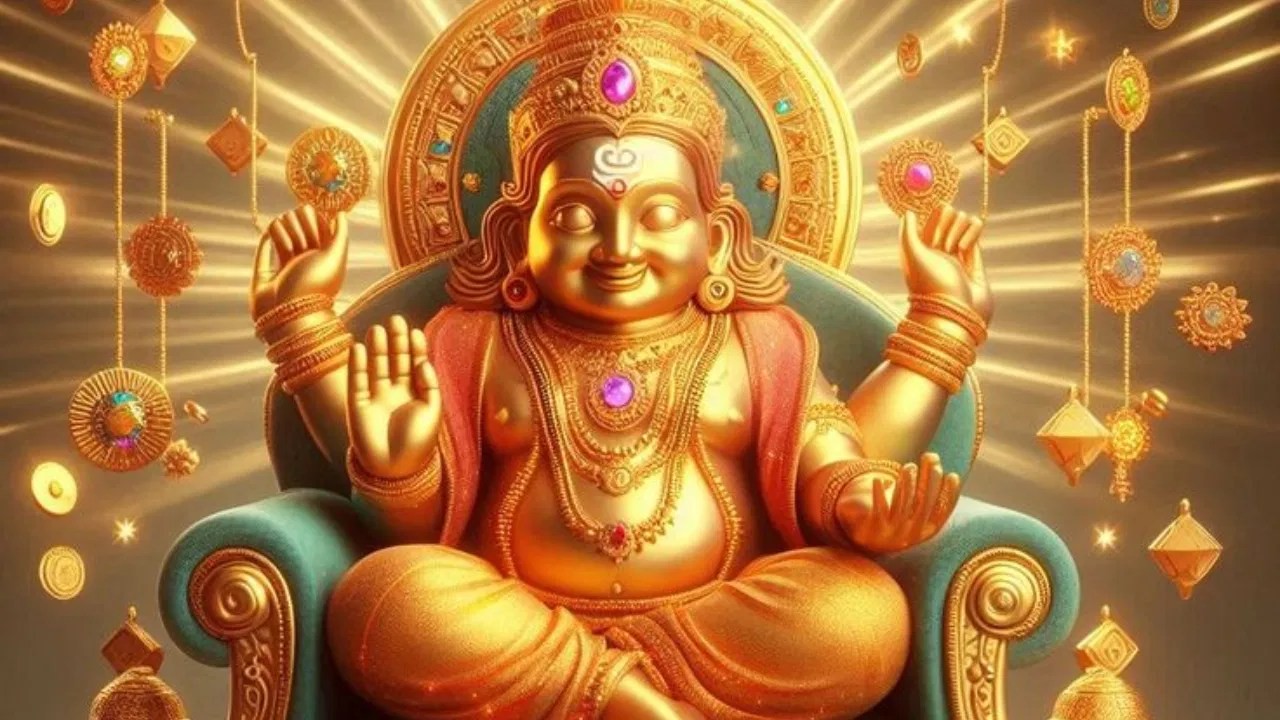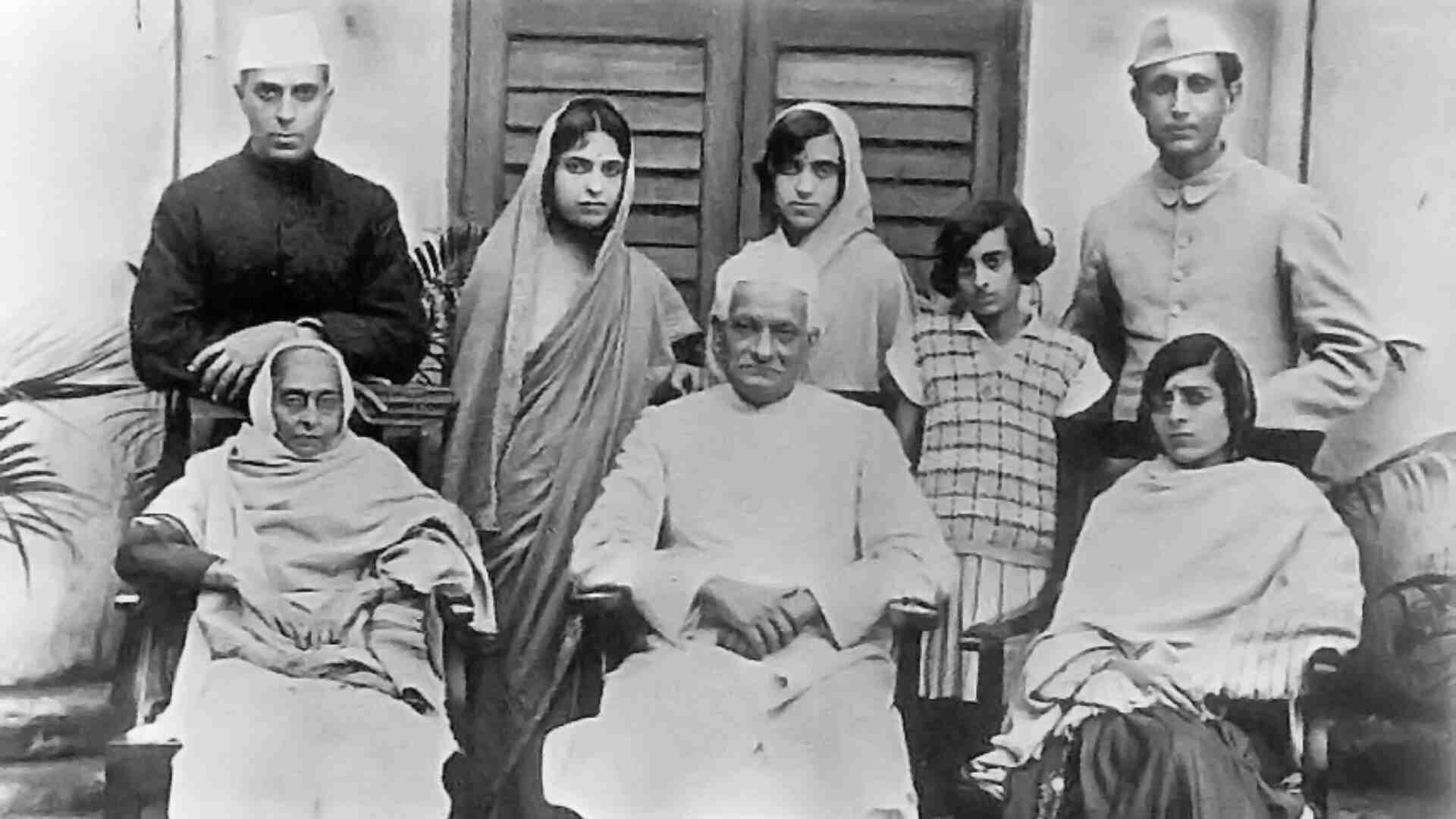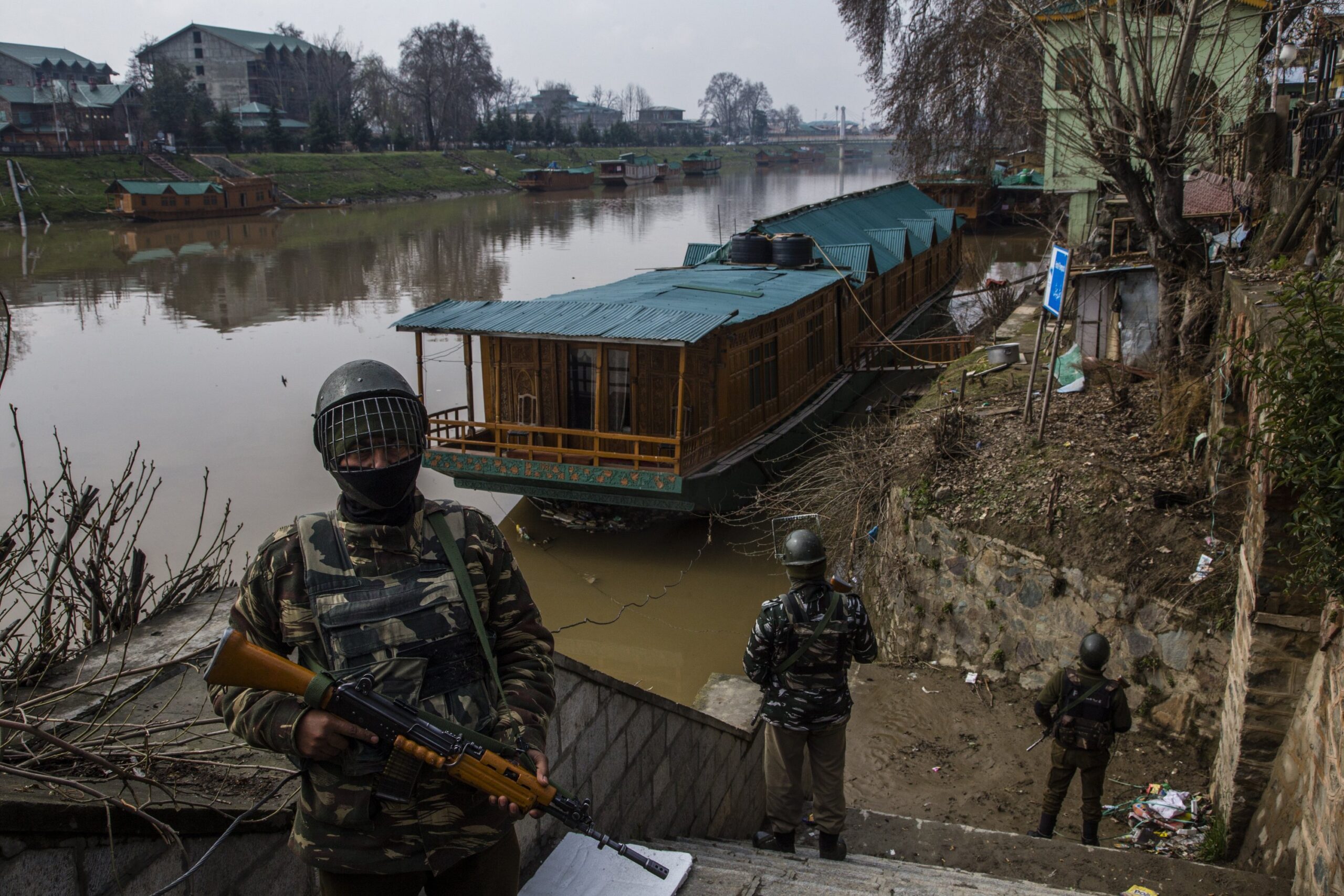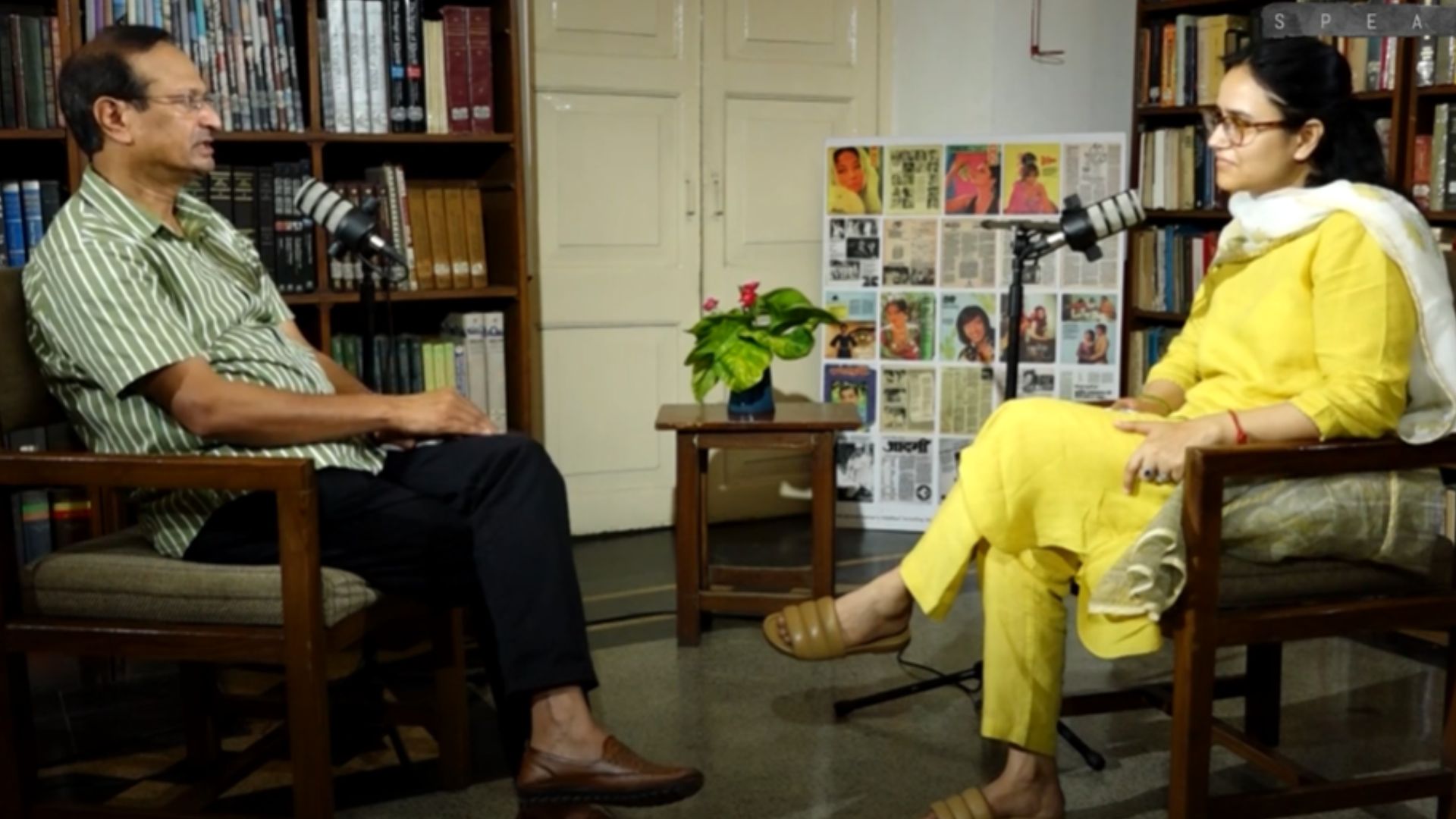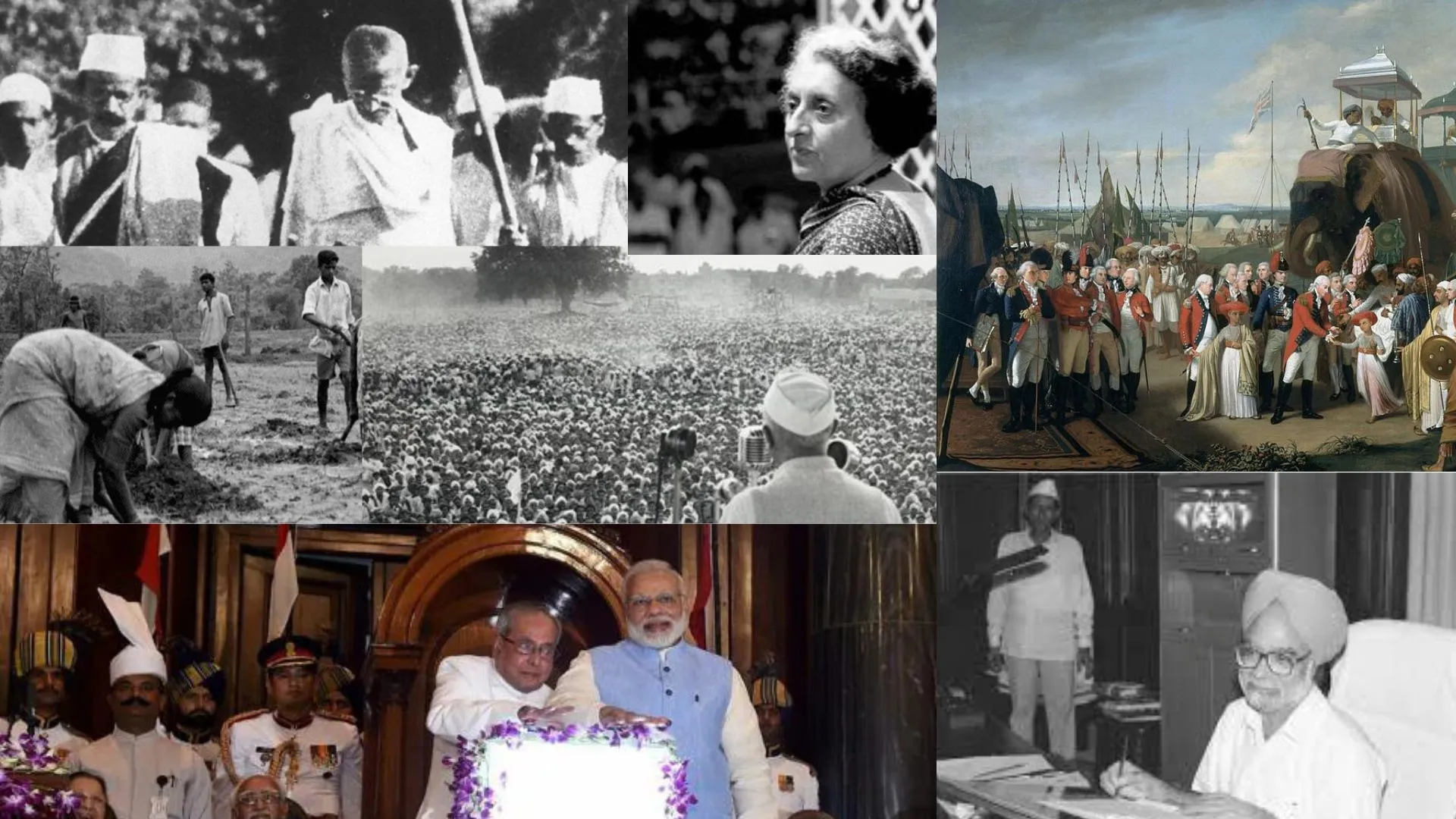The French East India Wars encompass a series of conflicts between European colonial powers, primarily France and Britain, for dominance over the Indian subcontinent. These wars, spanning from the late 17th century to the early 19th century, played a pivotal role in shaping the colonial landscape of India. While Britain ultimately emerged victorious, France’s military engagements and strategic alliances with Indian rulers significantly influenced the region’s history.
The French East India Company (Compagnie française pour le commerce des Indes orientales) was established in 1664 under the patronage of King Louis XIV. The French initially settled in key trading outposts such as Pondicherry (Puducherry), Chandannagar, Mahe, Karikal, and Yanam, which became strategic centers for their commercial and military endeavors in India.
Conflict with the British
The Anglo-French rivalry in India was most evident in the Carnatic Wars, fought between 1746 and 1763. These wars, a subset of the global struggle between Britain and France, had lasting consequences for colonial rule in India.
- First Carnatic War (1746–1748): A theater of the War of Austrian Succession. French forces under Joseph François Dupleix captured Madras in 1746. The war ended with the Treaty of Aix-la-Chapelle (1748), which returned Madras to the British.
- Second Carnatic War (1749–1754): Involved local Indian rulers, including the Nizam of Hyderabad and the Nawab of Arcot. Dupleix’s aggressive policies initially led to French victories, but lack of support from France weakened their position. The war concluded with the Treaty of Pondicherry (1754), diminishing French influence.
- Third Carnatic War (1756–1763): A theater of the global Seven Years’ War. British forces, led by Robert Clive and Sir Eyre Coote, defeated the French decisively. The Battle of Wandiwash (1760) marked the end of French aspirations in India. The Treaty of Paris (1763) confined the French presence in India to a few enclaves, effectively ending their military and political influence in the subcontinent.
Impact of the French Wars in India
The Carnatic Wars solidified British supremacy in India, paving the way for the establishment of the British Raj. Indian rulers like Tipu Sultan of Mysore later sought French support to counter British expansion, but the decline of French power rendered such alliances ineffective. Despite their loss, French trading posts and cultural influences remained an enduring part of India’s colonial history.
India’s Role in the Battle of Marseille
During World War I, India, under British colonial rule, played a crucial role in global conflicts, particularly on the European front. Over 1.3 million Indian soldiers fought for the British Empire across multiple theaters, including Europe, the Middle East, and Africa.
In September 1914, Indian troops arrived in Marseille to support the British Expeditionary Force. The Lahore and Meerut divisions were among the first Indian contingents deployed on the Western Front. The arrival of Indian soldiers was met with admiration from the French populace, as depicted in a famous photograph of a French woman pinning a flower on a Sikh soldier’s chest.
Indian forces participated in major battles, including: First Battle of Ypres (1914) – Indian soldiers played a crucial role in preventing German advances. Battle of Neuve Chapelle (1915) – Indian troops fought valiantly, suffering heavy casualties. Battle of Loos (1915) – Indian divisions were instrumental in offensive operations. Battle of the Somme (1916) – Indian cavalry provided crucial support. Battle of Cambrai (1917) – Indian troops played a role in one of the first large-scale tank battles.
Despite their bravery, Indian soldiers faced severe challenges, including harsh weather conditions, unfamiliar warfare tactics, and racial discrimination. Their letters home, often censored, conveyed both pride and suffering.
Recognition and Legacy
The sacrifices of Indian soldiers were acknowledged through the awarding of the Victoria Cross (VC), the highest military decoration for bravery. Notable recipients include: Sepoy Khudadad Khan – The first Indian recipient of the VC for his actions at Hollebeke, Belgium (1914). Naik Darwan Singh Negi – Awarded the VC for his bravery at Festubert, France (1914). Rifleman Gabar Singh Negi – Posthumously awarded the VC for his actions at Neuve Chapelle (1915). Subedar Mir Dast – Honored for gallantry during the Second Battle of Ypres (1915). Lance-Daffadar Gobind Singh – Awarded the VC for carrying messages under enemy fire in Palestine (1917).
The 1918 Influenza Pandemic in India
As World War I concluded, India faced another catastrophe: the 1918 influenza pandemic. Often referred to as the “Spanish Flu,” it devastated India, killing an estimated 12 to 20 million people. The pandemic arrived in India in June 1918, first reported in Bombay. It spread rapidly, exacerbated by the movement of returning troops and famine-like conditions due to a failed monsoon. The second wave of the pandemic, peaking in September 1918, was the deadliest.
Cities like Bombay, Madras, and Calcutta reported tens of thousands of deaths weekly. The disease disproportionately affected young adults aged 20–40, with women being especially vulnerable. Mahatma Gandhi contracted the virus but survived. The death toll was so high that rivers became clogged with bodies due to a shortage of firewood for cremation.
The pandemic exposed the weaknesses of British colonial governance, with the healthcare system unable to meet the crisis. The economic and social devastation fueled anti-colonial sentiments, contributing to increased nationalist movements. The collective suffering and sacrifices made by Indian soldiers and civilians alike further cemented the desire for self-rule.
Legacy and commemoration
The sacrifices of Indian soldiers have left an enduring legacy in France. The Mazargues War Cemetery in Marseille stands as a solemn testament to their contributions. On February 12, 2025, Prime Minister Narendra Modi and French President Emmanuel Macron visited the cemetery to pay homage to the fallen Indian soldiers. They laid wreaths and reflected on the deep historical ties between India and France, forged in the crucible of war. President Macron remarked, “More than 100,000 Indians fought for France in 1914. Ten thousand never returned. They set foot on the soil of Marseille before fighting in the mud of the trenches, unaware that they were marching to their deaths. Their sacrifice binds France and India forever.”

